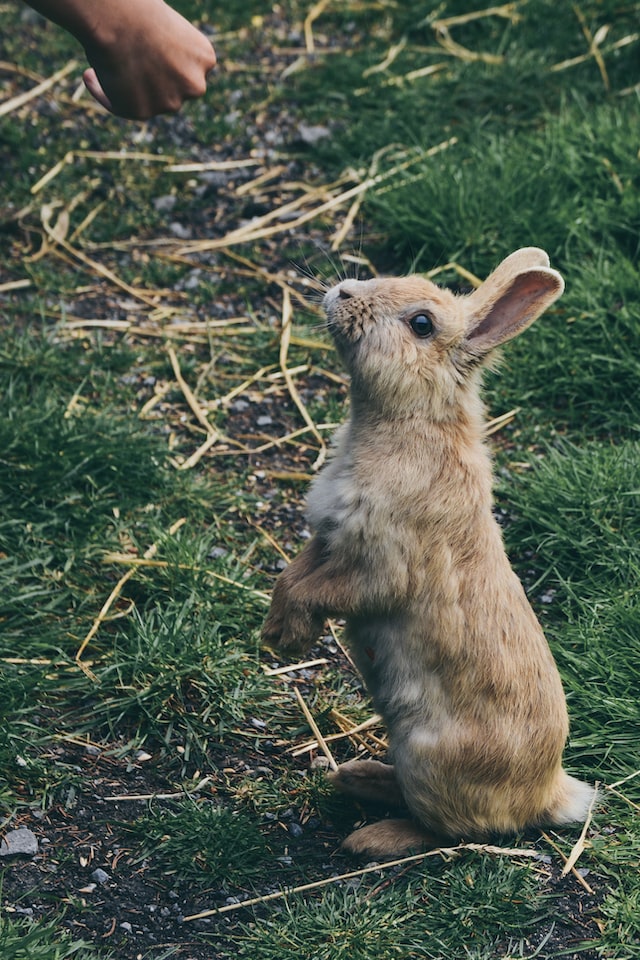What's the Difference Between 'Hare' and 'Rabbit'?
In this blog post we look at when to use hare and when to use rabbit.
'Hare' or 'Rabbit'?
The difference between a hare and a rabbit is primarily in their physical characteristics and behavior.
Hares are generally larger and have longer ears and legs than rabbits.
They have a more muscular build and can run faster than rabbits. Hares are also known for their agility and endurance, and they have a strong territorial instinct.
They are typically found in open areas such as fields or deserts and tend to be more solitary animals.
Rabbits, on the other hand, are smaller and have shorter ears and legs.
They have a more compact build and are not as fast as hares. They are known for their ability to reproduce quickly and efficiently, and they tend to live in burrows in more densely vegetated areas.
They are social animals and tend to live in large groups.
In terms of diet, both hares and rabbits are herbivores, but hares have a more diverse diet than rabbits, eating a wider variety of plants.
It's worth noting that the term "rabbit" is often used as a general term to refer to any small mammal that belongs to the family Leporidae, which includes both hares and rabbits. But the term "hare" specifically refers to the larger species within the Leporidae family.
-
The hare was known for its speed and agility as it outran the hunting dogs.
-
The rabbit hopped around in the garden, nibbling on the fresh greens.
-
The hare's long ears and legs gave it an advantage in detecting predators.
-
The rabbit burrowed underground to escape the cold winter weather.
-
The hare's strong territorial instinct made it difficult for other animals to share its habitat.
-
The rabbit's ability to reproduce quickly helped its population to thrive.
-
The hare's diet consisted of a wide variety of plants, from grasses to shrubs.
-
The rabbit's short ears and legs made it less agile than the hare, but it compensated with its quick reproduction.
-
The hare's strong muscles allowed it to run at high speeds over long distances.
-
The rabbit's social nature allowed it to live in large groups and share resources.

